43 food labels country of origin
Country of origin | NSW Food Authority Some unpackaged food, including fresh and processed fish, pork, beef, sheep and chicken mince, fruit and vegetables, must also display a country of origin label. These labels can only be used if the key ingredients in the food originated in Australia and the food is manufactured in Australia: Product of Australia Produced in Australia Country of origin food labelling | business.gov.au Country of origin food labelling Last Updated: 21 May 2021 Most food products for retail sale in Australia require a country of origin label. This page helps you identify the regulation you need to comply with and the label that applies to your food product. On this page Imported foods
Must processed food products have a country of origin label? - USDA Jul 17, 2019. Knowledge Article. Retail items that meet the definition of a processed food item do not require labeling under the COOL final rule. For more information, visit Common Questions & Answers on Country of Origin Labeling. Live chat:

Food labels country of origin
How To Read Barcodes to Find out Where Your Food ... - DailyHealthPost However, the label will most likely list the country of origin of the ingredients used in the product if they all come from the same country. For example, if you buy coconut water, the label might say "product of Thailand" or the label on tomato sauce may say "Made in the United States from Italian ingredients". Country of origin labelling - Food Standards The Australian Government introduced a country of origin food labelling system under Australian Consumer Law on 1 July 2016. Country of origin labelling requirements for food is in the Country of Origin Food Labelling Information Standard 2016, under the Competition and Consumer Act 2010. These requirements became mandatory on 1 July 2018. CPG Sec 560.200 Country of Origin Labeling | FDA - U.S. Food and Drug ... Office of Regulatory Affairs Food labeling statements regarding geographical origin must not be false or misleading in any particular. FDA's policy prohibiting false or misleading labeling of food...
Food labels country of origin. Country of Origin Labeling (COOL) Frequently Asked Questions What is COOL? Country of Origin Labeling (COOL) is a consumer labeling law that requires retailers (most grocery stores and supermarkets) to identify the country of origin on certain foods referred to as “covered commodities”. The 2002 and 2008 Farm Bills and the 2016 Consolidated Appropriations Act amended the Agricultural Marketing Act of 1946 to require retailers to notify their ... Country of Origin Food Labeling | Jenn David Design The Country of Origin Labeling requirement states that "Food labeling statements regarding geographical origin must not be false or misleading in any particular." So it would be incorrect to state that the cocoa is a product of both Mexico and Chile on the label. You would need two labels in this case—one for each respective country of origin. Food labelling: giving food information to consumers - GOV.UK Apr 27, 2015 · Added related guides on Labelling loose food, Naming food products Country of Origin information for meat and fish, Meat Products: sell them legally in England. 26 October 2016 Removed definition ... Food labelling and packaging: Food labelling - what you must ... Food from and sold in Great Britain can be labelled as ‘origin EU’ until 31 December 2023. Check the rules for when to label meat, fish and shellfish with their country of origin .
Country-of-Origin Labeling for Foods require country-of-origin information to be provided to consumers. The 111th Congress is considering legislation that would expand COOL labeling requirements to cover more food products. H.R. 2749, the House-passed food safety bill, would expand such labeling to apply to all processed foods and to other agricultural commodities not now covered by Do the labels tell you which country your food comes from? - CHOICE 3. Clearly show country of origin information online. People shopping for food online should be able to see the country of origin information when making their choices. Ideally, an image of the label should be shown, but at the very least the information should be available as text in the product description. Country of origin food labelling | ACCC A food that cannot claim to have been grown, produced or made in a particular country will generally be labelled according to where it was 'packed in'. The labels The Standard sets out three general formats for country of origin labelling. Country of origin labelling online tool | business.gov.au When you're ready to create your country of origin label, make sure you know: if your product contains Australian ingredients the percentage (or average percentage) of Australian ingredients in your product the name of the country where your product was made ('last substantially transformed ') or virtually all of its processing was undertaken
Food labelling: country of origin | nibusinessinfo.co.uk If all these activities took place in a single country, the label 'Origin: [name of country]' is acceptable. For the GB market, 'United Kingdom' is the origin label for beef and veal from both GB and NI, although additional information may be included if desired. The abbreviation 'UK' is permitted. Food labelling: country of origin - GOV.UK If poultry, sheep, goat or swine meat is taken from animals born, reared and slaughtered in the same country, you can label it as 'Origin: [name of the country]'. Where reference is made to the... Country of Origin Food Labelling Rules - FoodTruths New Country of Origin of Food labelling rules now apply for single ingredient, unprocessed fresh and thawed foods. Under the new regulations, businesses that supply and advertise these types of food items must disclose the country (or ocean) of origin so that customers can easily identify where their food was grown, raised, caught or harvested. Did the U.S. Remove 'Country of Origin' Labeling from Meat? The repeal would not affect existing requirements for country-of-origin labeling for lamb, venison, goat meat, perishable agricultural commodities, peanuts, farm-raised and wild fish, ginseng,...
Country of origin food labelling resources | business.gov.au May 21, 2021 · Imported priority foods must, as a minimum, carry a country of origin statement in a clearly defined box (the box is not required if the food is being sold unpackaged). Example of a country of origin statement in a clearly defined box below: The outline box is not required on imported non-priority food products.
Country of origin | ACCC - Australian Competition and ... You will find country of origin labelling on most food you buy at the supermarket, local stores, markets, online or from a vending machine. Food bought from restaurants, cafes, take-away shops, schools and caterers does not have to be labelled. Food that was packaged and labelled on or before 30 June 2018 can still be sold without the new labels.
Country of origin labelling - Department of Industry, Science and Resources Country of origin labelling Food products Australian food labels must say where food is grown, produced, made or packed. This helps consumers make informed decisions about the food they buy. Tools for business If you sell food in retail stores in Australia, you must consider if your products need country of origin food labels.
Country of Origin Food Labelling Information Standard 2016 Sep 28, 2017 · This is a compilation of the Country of Origin Food Labelling Information Standard 2016 that shows the text of the law as amended and in force on 12 August 2017 (the compilation date). The notes at the end of this compilation (the endnotes) include information about amending laws and the amendment history of provisions of the compiled law.
Country of origin on food labels - Canadian Food Inspection Agency All prepackaged food products sold in Canada are required to be labelled with the name and principal place of business of the company responsible for the product, such as the importer or manufacturer. When a food product is wholly manufactured outside of Canada, the label must show that the product is imported.
Grocery Store Food - Do You Check Country Of Origin? - Modern Survival Blog As you have probably noticed at grocery stores, there are not many food products with 'country of origin' labels. It is difficult if not impossible to know where the food has come from. In fact, in June of this year (2015) Congress voted to REMOVE (repeal) 'country of origin' labeling requirements (H.R. 2393) for meat.
Mandatory country-of-origin labeling (US) - Wikipedia Country of origin labeling (COOL) (or mCOOL [ m for mandatory]) is a requirement signed into American law under Title X of the Farm Security and Rural Investment Act of 2002 (also known as the 2002 Farm Bill), codified at 7 U.S.C. § 1638a as Notice of country of origin.
Which foods are covered in the country of origin labeling law? - USDA Knowledge Article. Foods that must be labeled with their country of origin are: 1. Muscle cuts of beef (including veal), lamb, pork, goat, and chicken; 2. Ground beef, ground lamb, ground pork, ground goat, and ground chicken; 3. Wild and farm-raised fish and shellfish; 4.
Country of Origin Labeling of Agricultural Products Country of Origin Labeling, better known as "COOL," took effect March 16, 2009. The Farm Security and Rural Investment Act of 2002 and the 2002 Supplemental Appropriations Act established COOL. Specifically, Section 10816 of the 2008 Farm Bill (7 U.S.C. 1638-1638d) amended the Agricultural Marketing Act of 1946 to require retailers to ...
The case for country of origin labelling: Food quality, transparency ... "Ninety percent of consumers want origin labelling for meat used as an ingredient in processed foods. Eighty percent of them want to know the origin of milk, whether sold as such or in a dairy product." Significantly, the most important factors for Europeans when buying food are origin (53%), cost (51%), food safety (50%), and taste (49%).
CPG Sec. 560.200 Country of Origin Labeling - Food and Drug Administration CPG Sec. 560.200 Country of Origin Labeling BACKGROUND: A statement of the country of origin on the labeling of imported foods is not required by the Federal Food, Drug, & Cosmetic Act. This is a...
Commerce Commission - Country of origin of food From 12 February 2022, businesses must disclose where certain fresh and thawed food comes from that they supply, offer, or advertise for supply to consumers in New Zealand. The requirement to disclose only applies to cured pork products and single-ingredient fruit, vegetable, fish, seafood, and meat that is no more than minimally processed.
PDF Country of Origin Labeling: Just the Facts - Food Processing its customers about the sale but neglected to provide the country of origin. As a corrective action, this retailer should declare the information on a card on the display case or label each product with a label on the package. C. a. s. e #2 Mislabeled Product - Retailer incorrectly identifies the country of origin of a covered commodity.
Food Labelling | FAO | Food and Agriculture Organization of ... Geographical Indication (GI) labels, boasting an annual trade value of over$50 billion worldwide, are legal tools that link food products to their place of origin, providing both economic, social and environmental value to rural regions. These labels are given to products with specific attributes, qualities or reputation stemming from their ...
Country of Origin Labeling (COOL) | Agricultural Marketing Service Country of Origin Labeling (COOL) is a labeling law that requires retailers, such as full-line grocery stores, supermarkets and club warehouse stores, to notify their customers with information regarding the source of certain foods.
CPG Sec 560.200 Country of Origin Labeling | FDA - U.S. Food and Drug ... Office of Regulatory Affairs Food labeling statements regarding geographical origin must not be false or misleading in any particular. FDA's policy prohibiting false or misleading labeling of food...
Country of origin labelling - Food Standards The Australian Government introduced a country of origin food labelling system under Australian Consumer Law on 1 July 2016. Country of origin labelling requirements for food is in the Country of Origin Food Labelling Information Standard 2016, under the Competition and Consumer Act 2010. These requirements became mandatory on 1 July 2018.
How To Read Barcodes to Find out Where Your Food ... - DailyHealthPost However, the label will most likely list the country of origin of the ingredients used in the product if they all come from the same country. For example, if you buy coconut water, the label might say "product of Thailand" or the label on tomato sauce may say "Made in the United States from Italian ingredients".


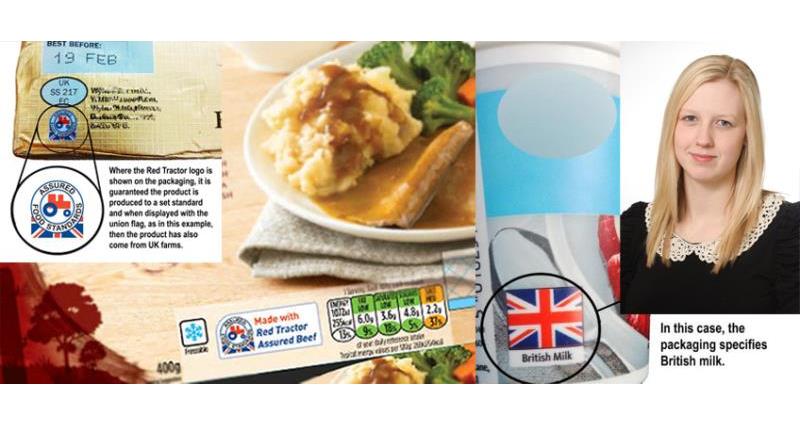

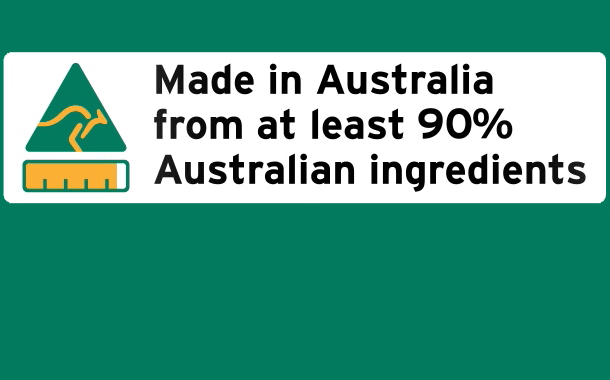
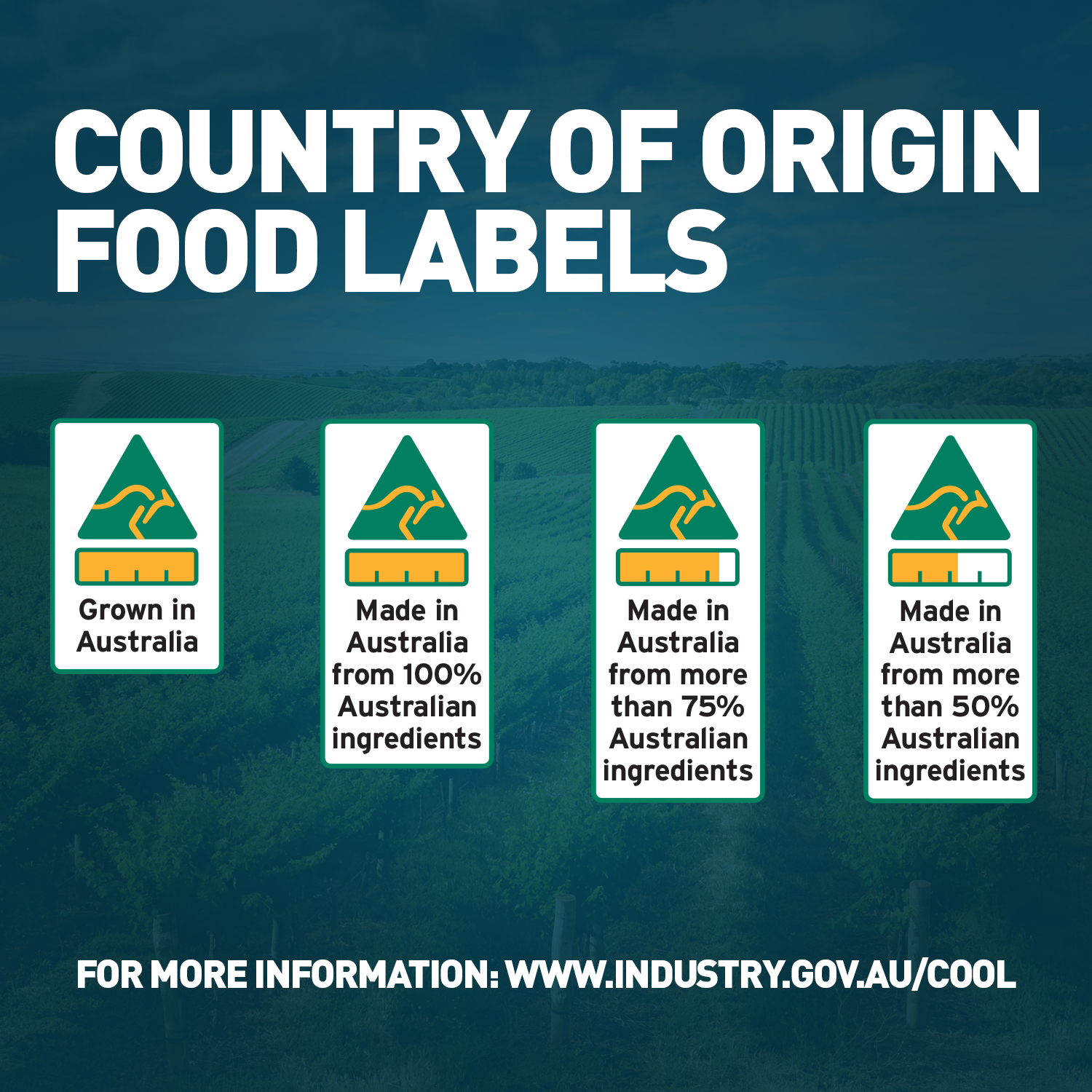






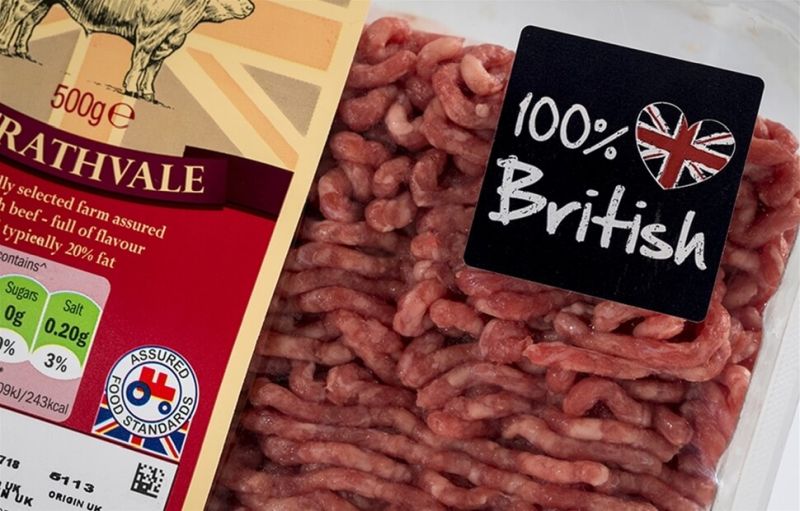
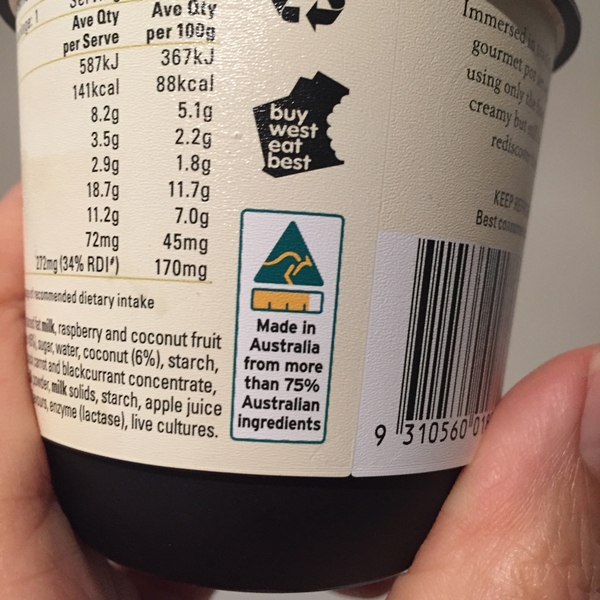


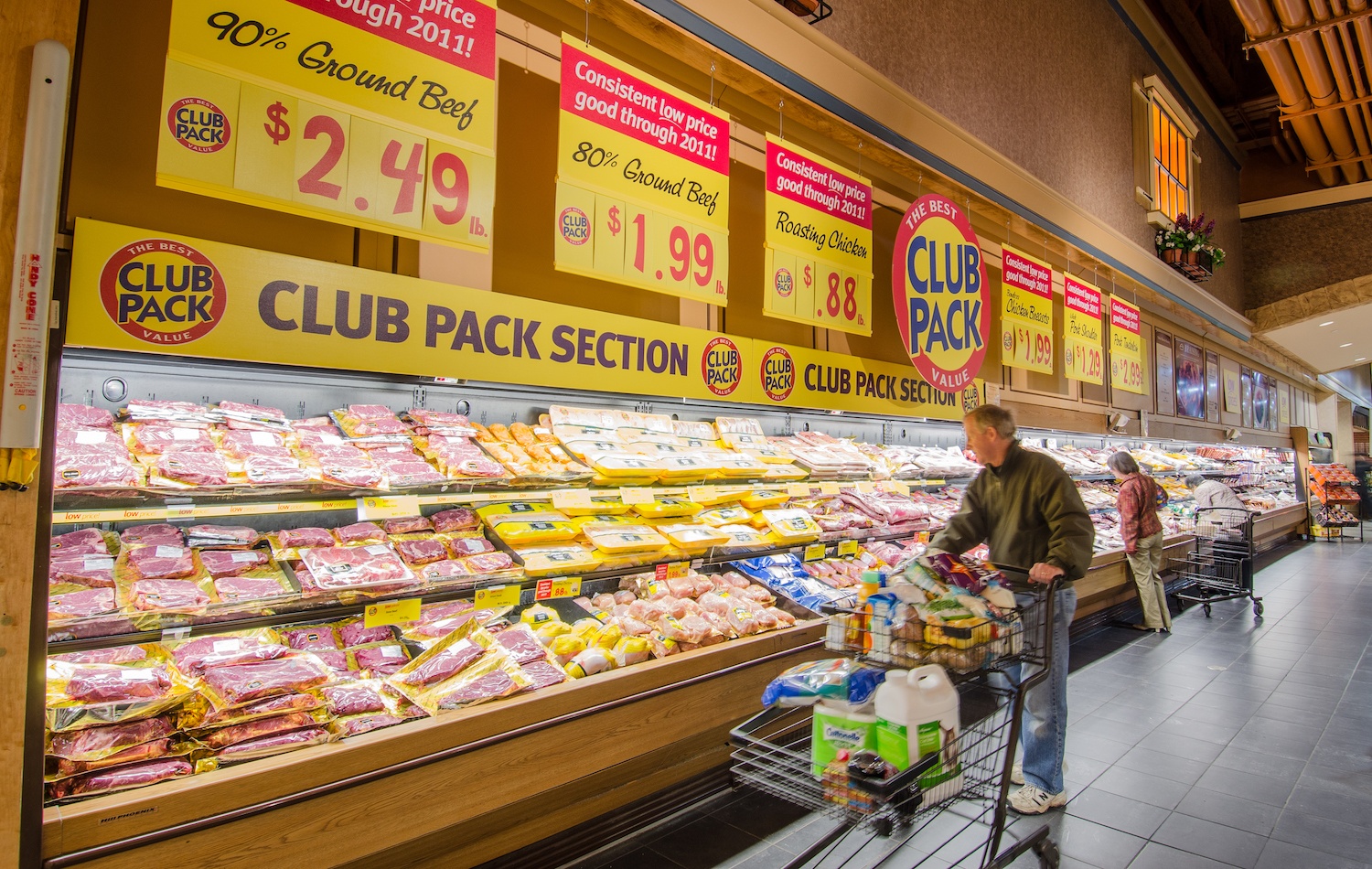
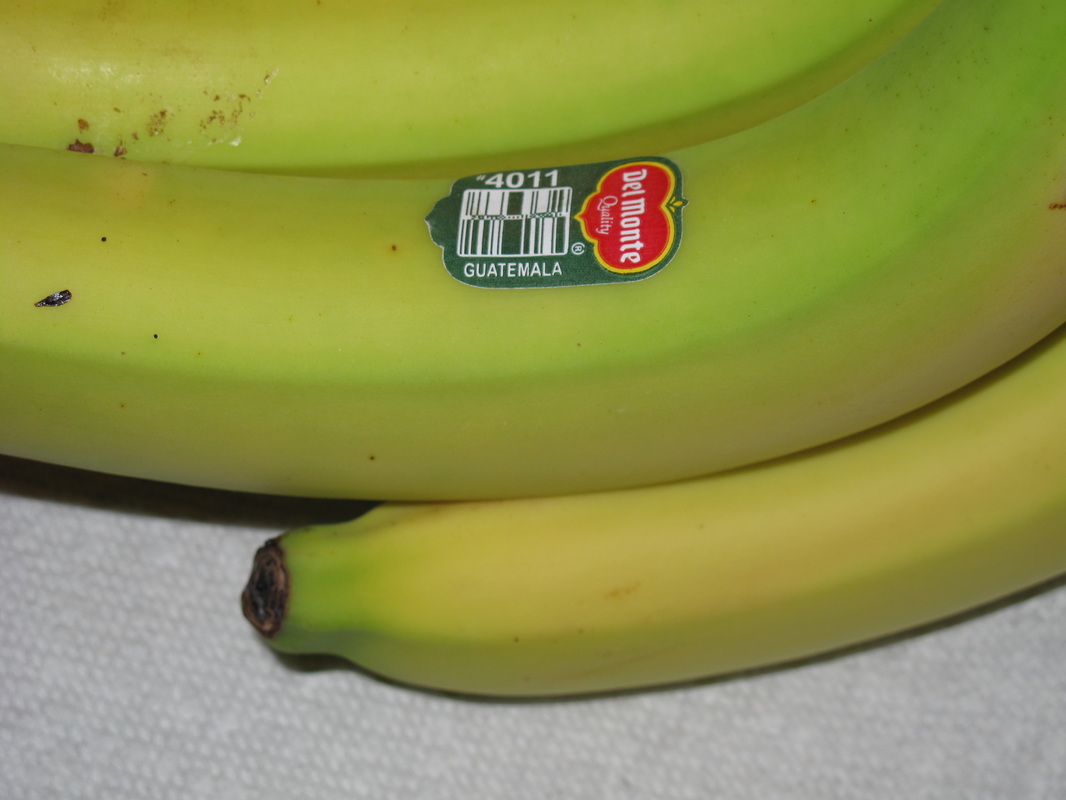

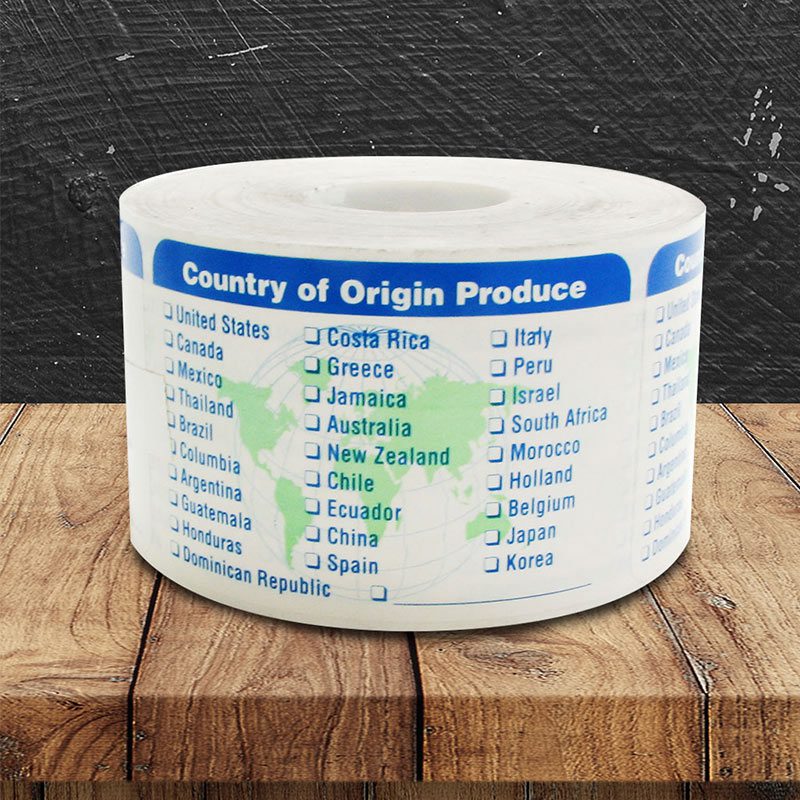
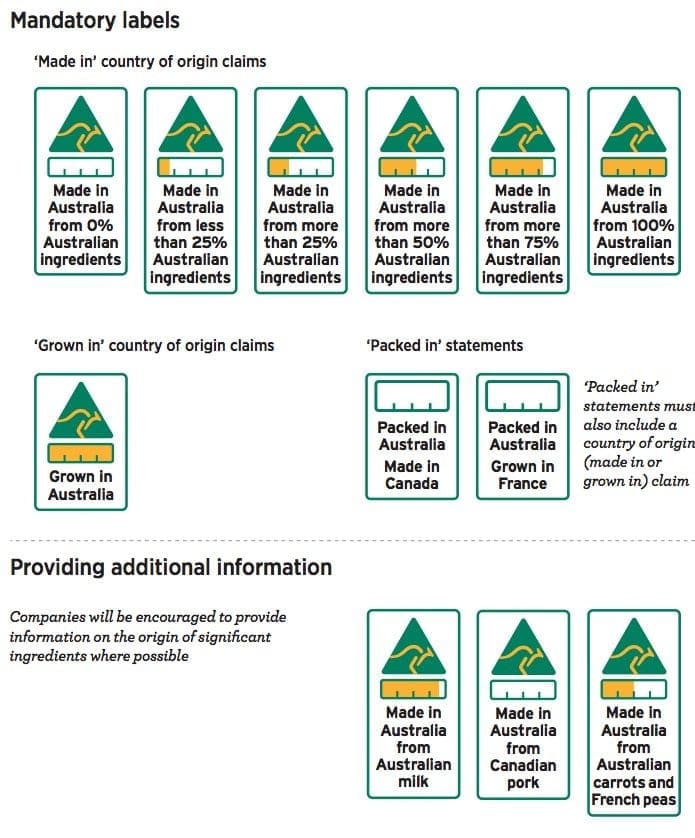
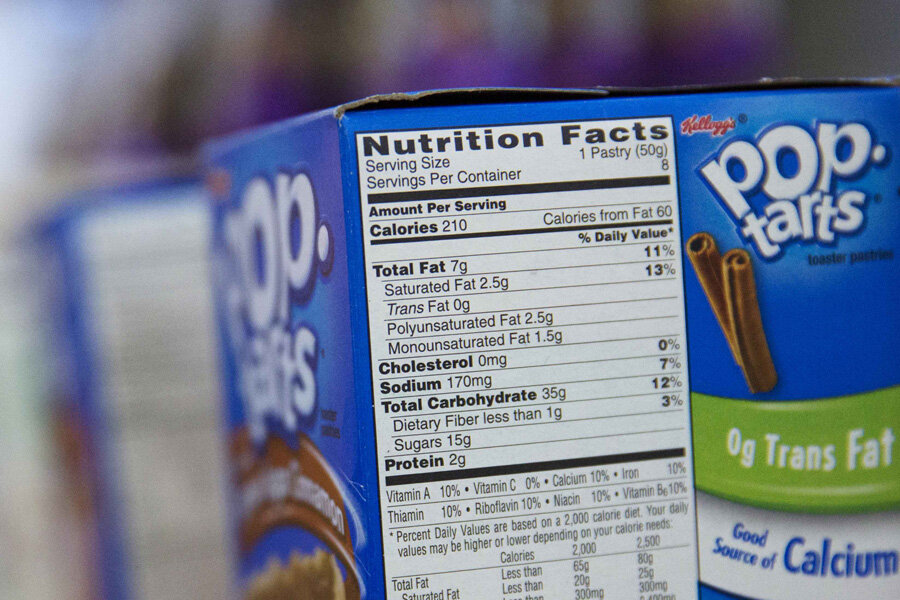


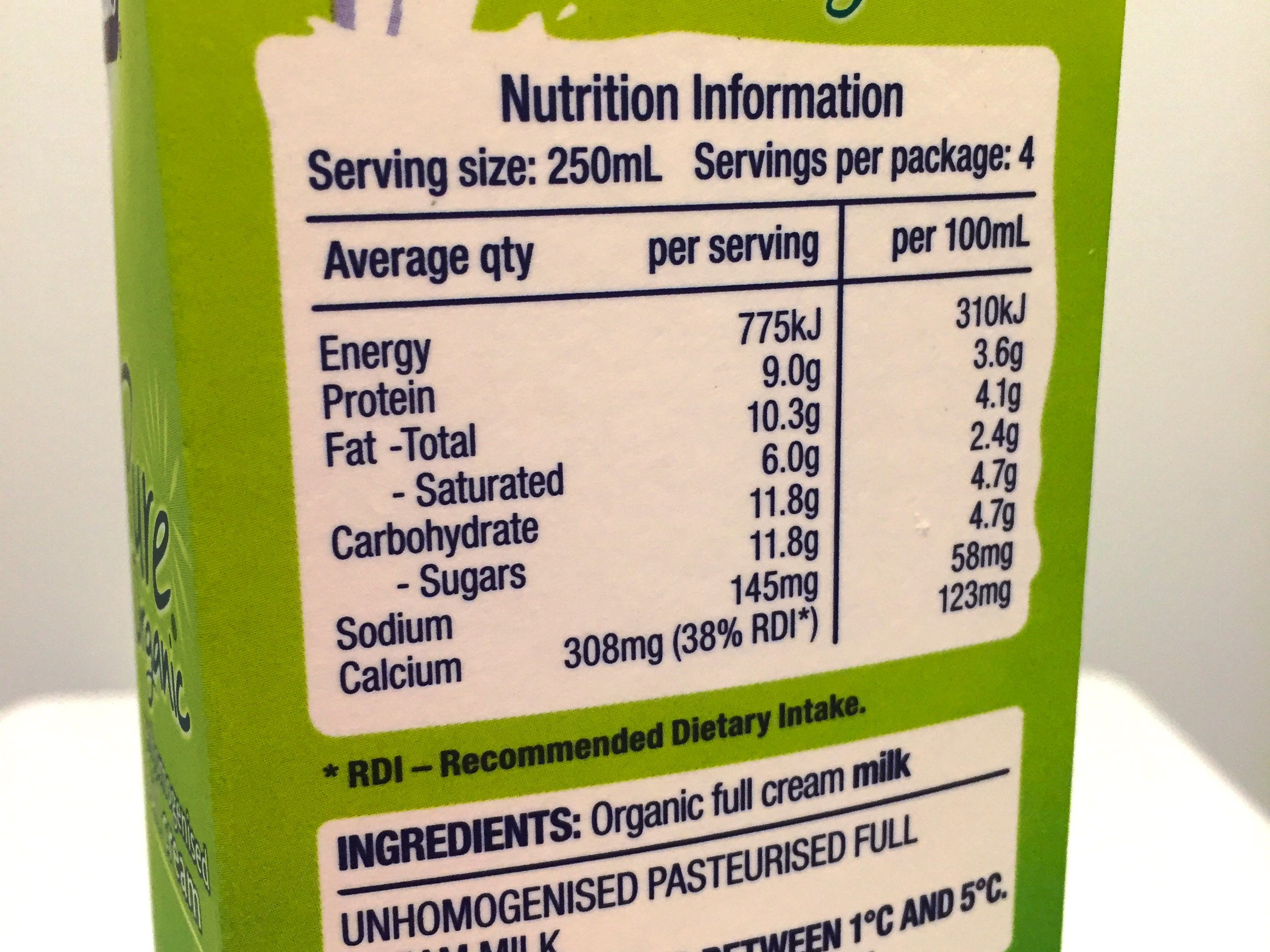
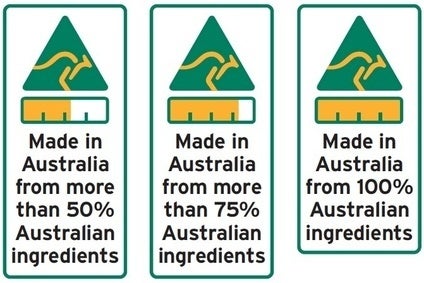
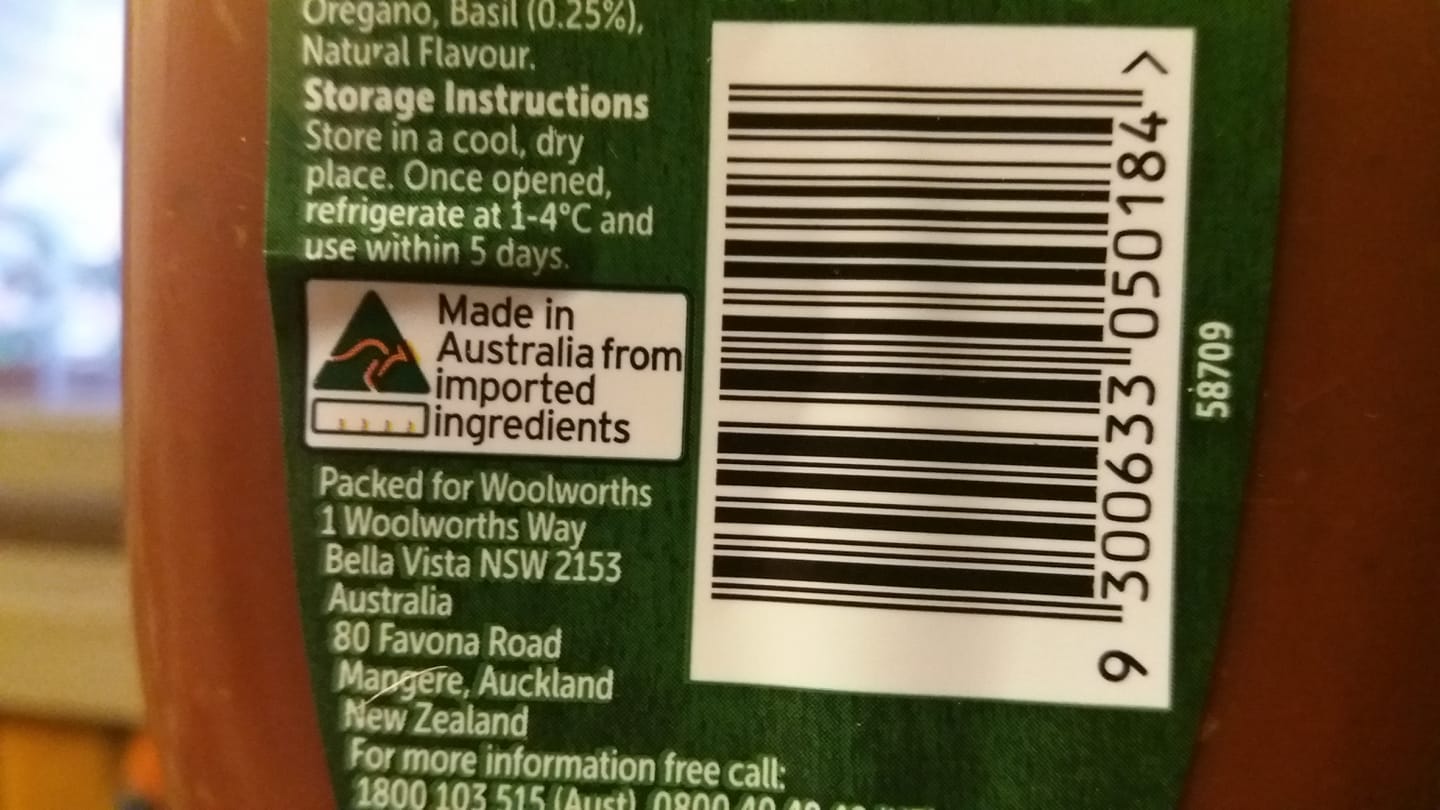


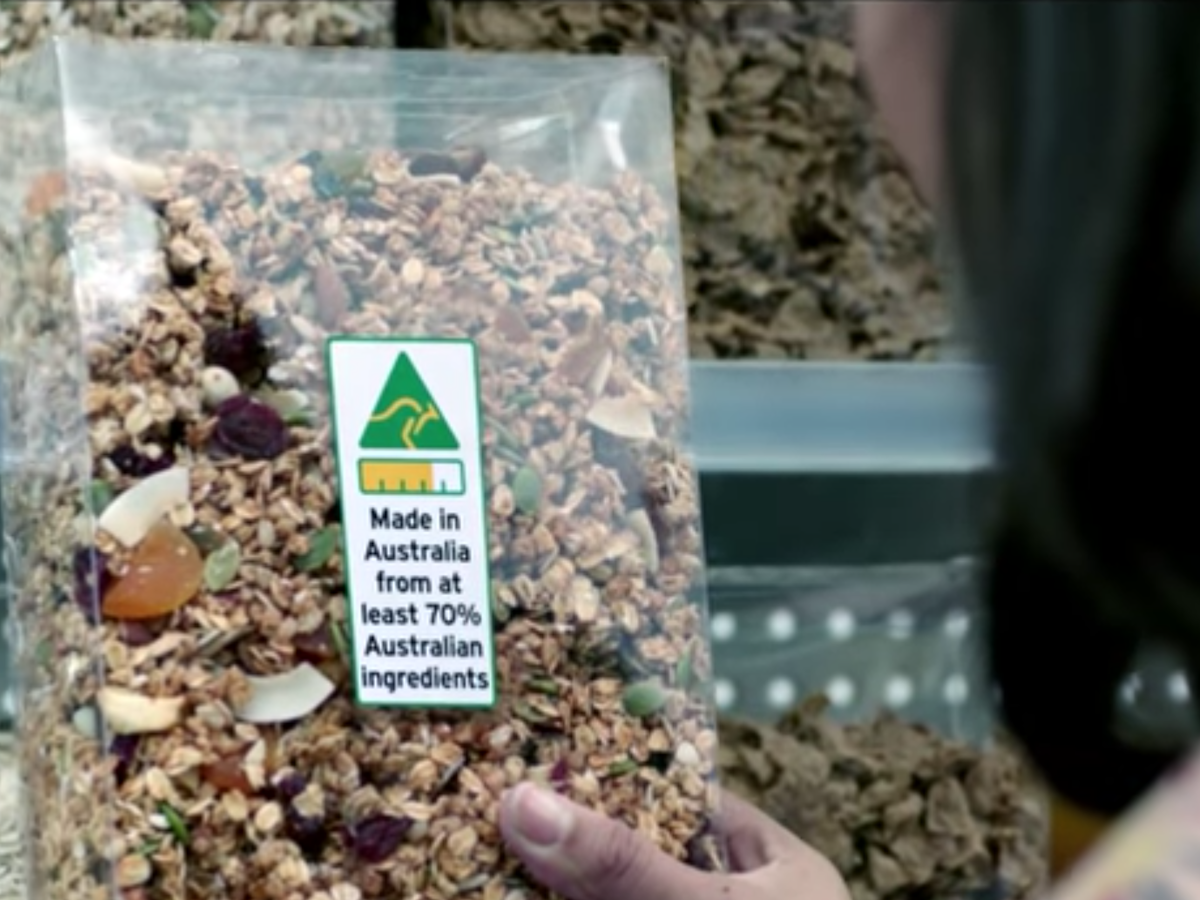

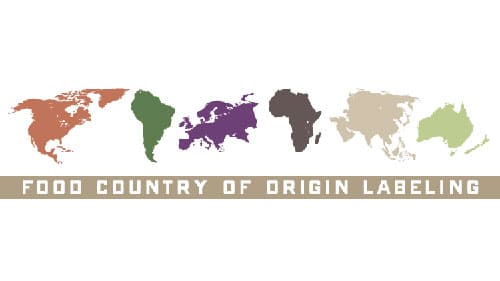
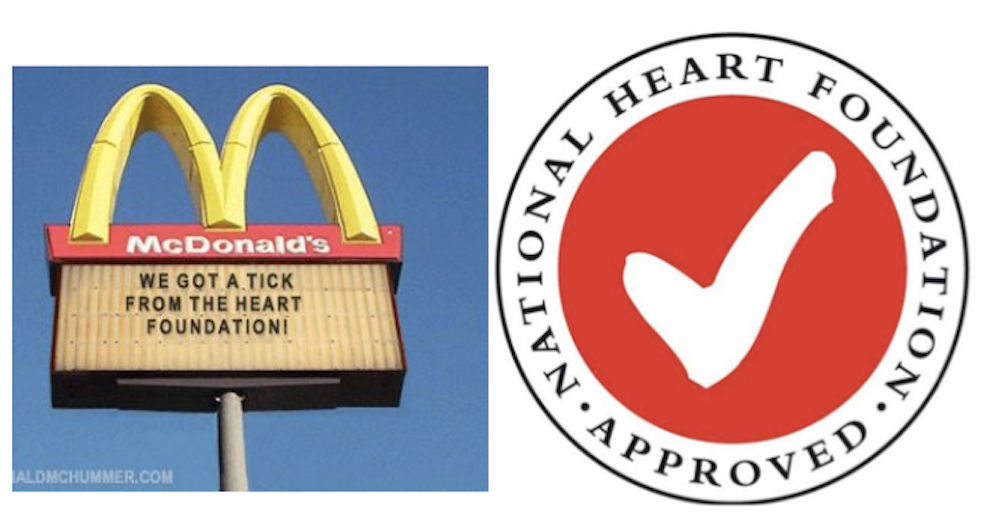
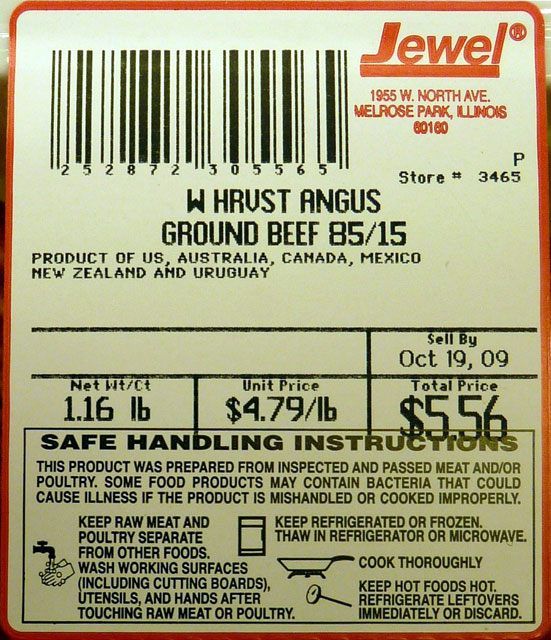
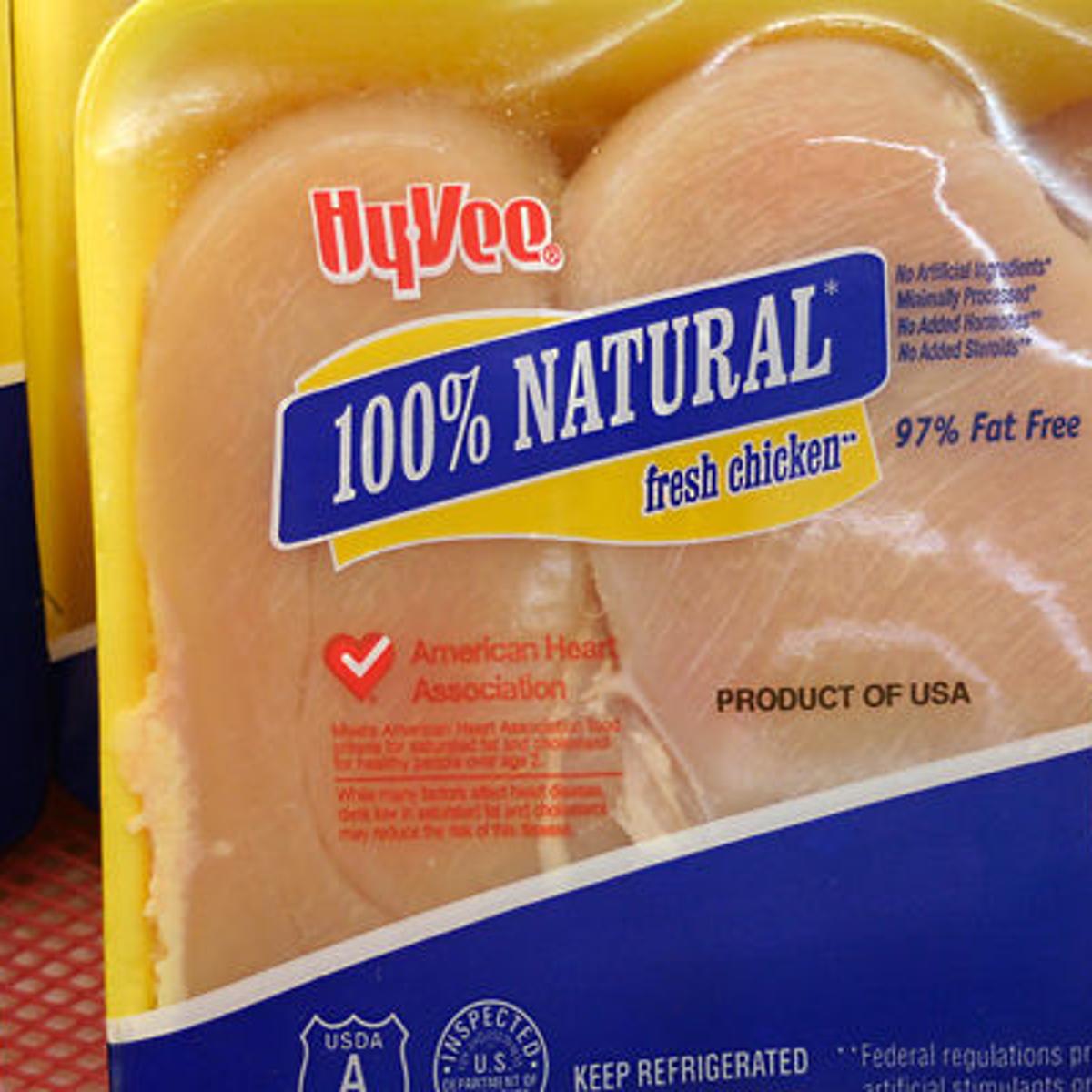
Post a Comment for "43 food labels country of origin"